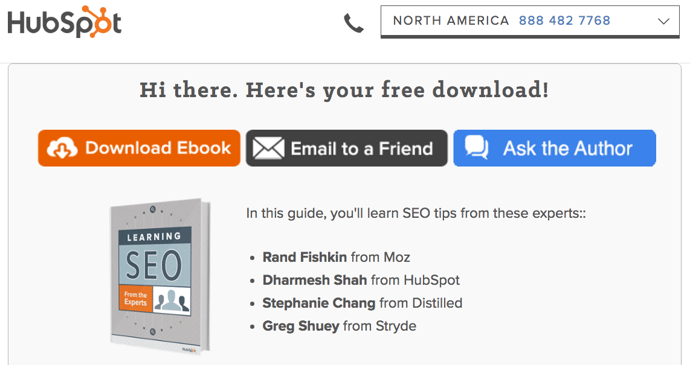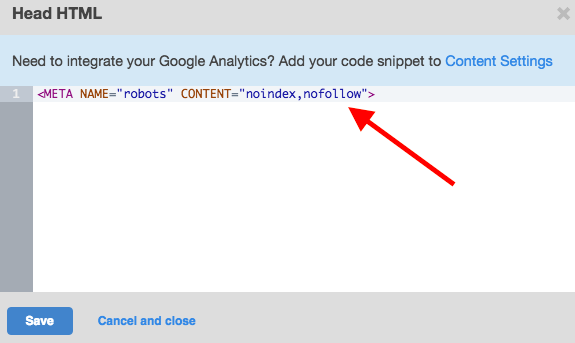Error Code List
- 1xx Informational Error Code List
- 2xx Success Error Code List
- 3xx Redirection Error Code List
- 4xx Client Error Code List
- 5xx Server Error Code List
- Unofficial Error Code List

1xx Informational Error Code List
This class of status code means a temporary response, consisting notably of the Status-Line and optional headers, and is eliminated by an empty line.
Since HTTP/1.0 did not specify any 1xx status codes, servers must not[note 1] transfer a 1xx response to an HTTP/1.0 client but under experimental circumstances.
2xx Success Error Code List
This class of status codes means the action asked by the client was accepted, understood and processed successfully.
200 – OK
201 – Created
202 – Accepted
203 – Non-Authoritative Information (since HTTP/1.1)
204 – No Content
205 – Reset Content
206 – Partial Content (RFC 7233)
207 – Multi-Status (WebDAV; RFC 4918)
208 – Already Reported (WebDAV; RFC 5842)
226 – IM Used (RFC 3229)
3xx Redirection Error Code List
This class of status code means the client must take extra action to complete the request. Several of these status codes used in URL redirection. A user agent may carry out the further action with no user interaction only if the system utilised in the second request is GET or HEAD. A user may automatically redirect a request. A user agent should detect and interrupt to prevent cyclical redirects.
300 – Multiple Choices
301 – Moved Permanently
302 – Found
303 – Check Other (since HTTP/1.1)
304 – Not Modified (RFC 7232)
305 – Use Proxy (since HTTP/1.1)
306 – Switch Proxy
307 – Temporary Redirect (since HTTP/1.1)
308 – Permanent Redirect (RFC 7538)
4xx Client Error Code List
This class of status code is reserved for conditions in which the client seems to have erred.
400 – Bad Request
401 – Unauthorised (RFC 7235)
402 – Payment Required
403 – Forbidden
404 – Not Found
405 – Method Not Allowed
406 – Not Acceptable
407 – Proxy Authentication Required (RFC 7235)
408 – Request Timeout
409 – Conflict
410 – Gone
411 – Length Required
412 – Precondition Failed (RFC 7232)
413 – Payload Too Large (RFC 7231)
414 – URI Too Long (RFC 7231)
415 – Unsupported Media Type
416 – Range Not Satisfiable (RFC 7233)
417 – Expectation Failed
418 – I’m a teapot (RFC 2324)
421 – Misdirected Request (RFC 7540)
422 – Unprocessable Entity (WebDAV; RFC 4918)
423 – Locked (WebDAV; RFC 4918)
424 – Failed Dependency (WebDAV; RFC 4918)
426 – Upgrade Required
428 – Precondition Required (RFC 6585)
429 – Too Many Requests (RFC 6585)
431 – Request Header Fields Too Large (RFC 6585)
451 – Unavailable For Legal Reasons
5xx Server Error Code List
The server failed to fulfil a possibly valid request. These response codes apply to any request method.
500 – Internal Server Error
501 – Not Implemented
502 – Bad Gateway
503 – Service Unavailable
504 – Gateway Timeout
505 – HTTP Version Not Supported
506 – Variant Also Negotiates (RFC 2295)
507 – Insufficient Storage (WebDAV; RFC 4918)
508 – Loop Detected (WebDAV; RFC 5842)
510 – Not Extended (RFC 2774)
511 – Network Authentication Required (RFC 6585)
Unofficial Error Code List
These codes are not defined in any RFC but are used by 3rd-party services to provide RESTful error responses.
103 – Checkpoint
420 – Method Failure (Spring Framework)
420 – Enhance Your Calm (Twitter)
450 – Blocked by Windows Parental Controls (Microsoft)
498 – Invalid Token (Esri)
499 – Token Required (Esri)
499 – Request forbidden by antivirus
509 – Bandwidth Limit Exceeded (Apache Web Server/cPanel)
530 – Site is frozen
Internet Information Services Error Code List
IIS expands 4xx error space to signal errors.
449 – Retry With
451 – Redirect
444 – No Response
Nginx Error Code List
The nginx web server software extends the 4xx error space to indicate issues with the client’s request. These codes used for only logging purposes. No actual response is sent with these codes.
495 – SSL Certificate Error
496 – SSL Certificate Required
497 – HTTP Request Sent to HTTPS Port
499 – Client Closed Request
CloudFlare Error Code List
CloudFlare’s reverse proxy service expands the 5xx series of errors space to signal issues with the origin server.
520 – Unknown Error
521 – Web Server Is Down
522 – Connection Timed Out
523 – Origin Is Unreachable
524 – A Timeout Occurred
525 – SSL Handshake Failed
526 – Invalid SSL Certificate









